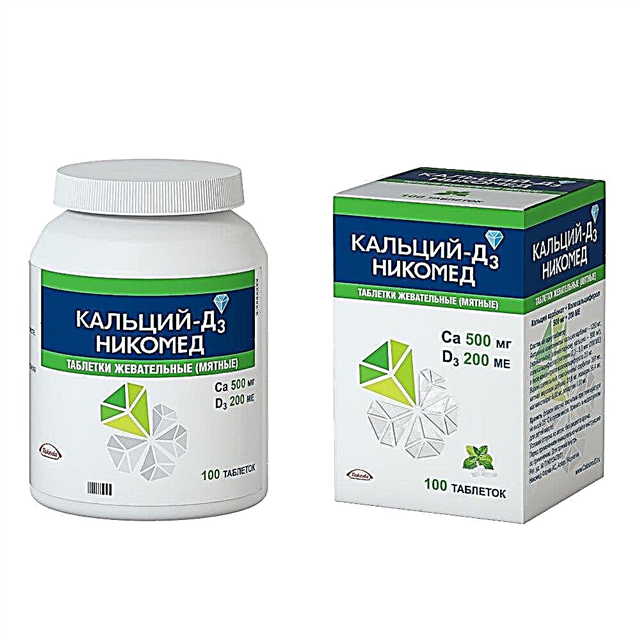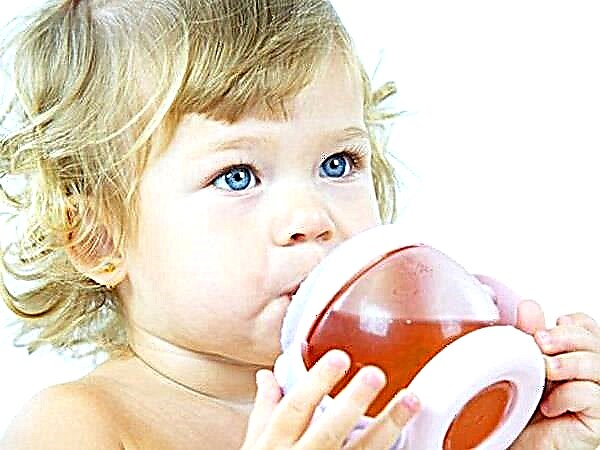Even minor redness on the skin causes a lot of concern for parents. Practice shows that in most situations there is no reason to worry. Rashes on the skin of infants are mostly temporary and go away by the end of the neonatal period.

Toddler with red cheeks
The red color of the skin is most often observed at birth in premature babies. In this case, the reason is that the child has not yet managed to gain the prescribed weight, since he was born prematurely. After a few weeks, when the baby has the missing grams, it will turn to a normal pink color.
Red skin in a newborn can also be observed when it appears on time. If the baby shows physiological redness of the skin, then in this case he does not experience any unpleasant sensations.
Therefore, if the situation is not accompanied by an increase in body temperature, impaired appetite and sleep, then the phenomenon is considered completely normal. Differential diagnosis of pathological and physiological conditions associated with red skin is carried out according to these criteria.
Causes of skin redness
Every woman is looking forward to the birth of her baby. After his birth, a lot of new questions about caring for him appear. Most often, in the first days of a baby's life, parents are worried about why the baby turns red after birth.
The physiology of the newborn is fundamentally different. After birth, the child needs a certain time to adapt. During this period, all organs and systems become full-fledged and begin to function normally outside the uterus. Such reorganization of the body is often accompanied by changes in the color of the skin.
Note! A child's skin color can vary greatly depending on age, race or ethnic group, temperature.
Infant skin color often changes due to environmental influences or changes in health.
Erythema
This is a pronounced redness of the baby's skin. Red skin appears due to the expansion of the capillaries. Temperature changes are often the cause. The environment is much cooler than the intrauterine environment. The color of the skin gradually normalizes after 2-3 days from birth.
Telangiectasia
Telangiectasia is classified as a condition in which the capillaries and small vessels under the skin become overexposed. As a result, the skin color becomes reddish. In children, pathology most often has a congenital character and manifests itself from the neonatal period. The following pathologies can provoke telangiectasia:
- hormonal surges;
- skin trauma;
- various infections;
- allergic reactions;
- soreness.
When such a pathology manifests itself, it is important to transfer the child to proper nutrition. When breastfeeding, the mother should carefully monitor her diet.

Baby with telangiectasia
Toxic erythema
It sounds threatening, in fact, it is not a big deal. It occurs in 31-72 percent of premature babies. On the 2-3rd day of life, the baby has dots in the form of yellowish-white pimples with seals in the center, surrounded by a circle of reddened skin.
The rash spreads to the trunk and limbs. May be present at birth or appear in the first 24-48 hours of life. The appearance of a rash does not affect the well-being of the baby in any way and usually disappears within a week without any treatment.
When the redness of the skin passes
In most cases, regardless of why the newborn blushes, the prognosis is most often always favorable. Physiological redness goes away quickly. Toxic erythema should also subside within two weeks. For most red spots on the skin, the prognosis is identical, as they tend to regress.
Diagnosis and treatment of red skin
When a corresponding problem arises, parents are concerned about the question of when the redness in the newborn will pass. The answer depends entirely on the cause of this condition, which can be found out only after passing the examination. If the baby is born red, then a visual examination is performed by the doctor for diagnosis.
Note! All elements of the rash have a characteristic appearance. As a rule, tests for these types of rashes are not performed.
Instrumental diagnostics is required if the diagnosis of hemangioma is confirmed. Since such dilated vessels can be on the internal organs, an ultrasound examination of the abdominal cavity and retroperitoneal space is performed.
The basics of treating red skin in infants are, first of all, the prevention of overheating and the prevention of repeated irritation of the skin.
Nurse's diet
In the case of breastfeeding, it is necessary to remove all foods that can cause allergies from the mother's diet: these are, first of all, citrus fruits, berries, chocolate, honey. It is recommended to establish a balanced diet. You should eat cereals, lean meat, vegetables, tea with milk.
Processing with brilliant green
If the skin color of a newborn baby becomes red and rashes appear, doctors often prescribe the treatment of these places with brilliant green. It is an excellent antiseptic.

Treatment with green paint of red spots on the skin of a baby
Antiallergic drugs
In contrast to adults, childhood skin diseases manifest themselves in a slightly different way. Therefore, it is important to be extremely careful not to miss puffiness, bubbles and changes in the usual allergic spots on the skin.
If a baby has a red face, and the cause of this condition is an allergy, then in this case, one of the following drugs is prescribed:
- D-panthenol;
- Bepanten;
- Fenistil;
- Suprastin;
- Claritin.
The drug is selected in each case individually, depending on the age and the diagnosis.
What to do in case of skin redness
Preventing the appearance of reddish, inflammatory skin in certain areas, for example, in the diaper area, consists in taking proper care of the baby. The skin of a newborn is very delicate and requires daily cleansing and care. If, nevertheless, the newborn becomes red, then in no case should you panic. First of all, you need to consult with a specialist who will make an accurate diagnosis and determine the need for treatment.
Often, when redness in newborns disappears, peeling appears in its place, which can be dealt with with creams such as Bepanten or Boro-plus.
Red skin in a newborn immediately after birth is normal and often requires no action. If a rash appears on the skin against a background of redness, or there are red spots, then a doctor's consultation is needed.
Note! Any changes that can suddenly appear on the skin that disrupt the child's appetite, sleep and general condition can be dangerous and require immediate attention.

The baby is red after birth
The skin of a newborn is very delicate and easily irritated. To avoid all sorts of problems, it is necessary to properly care for it. There are situations when the baby's skin turns red in the first days of life. This is most often the norm and does not require intervention. The most important thing is that the baby feels good and does not have any additional signs of the disease.



